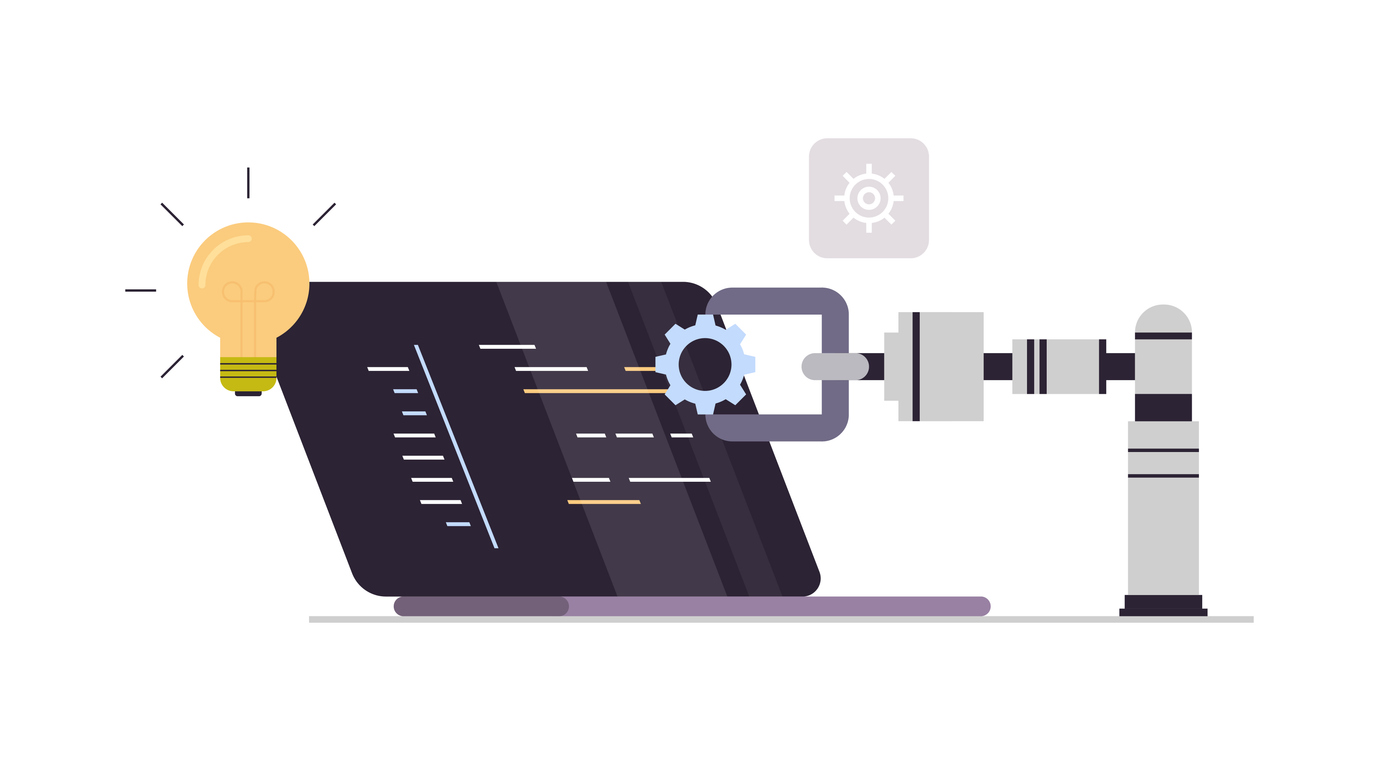The CFO’s Guide to Protecting Profit Margins in Manufacturing
Manufacturers can lose as much as 80% of their margin between the quote and delivery. Here’s how CFOs can close that gap and turn visibility into lasting margin control.

As a CFO in manufacturing, you know the pressure when profits that look solid on paper shrink by the time the product ships. Some manufacturers lose 75–80% of their profit between order and delivery, not because of market swings, but because of breakdowns in execution. Sales, engineering, and fulfillment still operate on separate systems and truths, leaving gaps that digital transformation has yet to close.
Some manufacturers focus on production maturity, including strengthening systems and manufacturing efficiency, while others chase growth through new digital customer experiences. Finance leaders are often forced to prioritize one function at the expense of the other. To truly protect manufacturing profit margins, however, CFOs must connect the entire manufacturing lifecycle through one digital thread.
How CFOs must rethink digital transformation
CFOs are no longer just financial stewards. They’re becoming the architects of connected enterprises. As manufacturers evolve, finance leaders are uniquely positioned to align commercial ambition with operational execution. Ultimately, if you want to grow a company and deliver profits, you need to ensure that what you sell will match up with what you deliver.
As Nils Olsson, Chief Strategy Officer at Tacton, explained during a recent Manufacturing Leadership Council panel:
“It’s not just about some lofty gains in terms of sales… it’s about how you make sure that you don’t lose half of the margins that you signed on for by the end of delivery of the product.”
Great opportunity lies downstream. Digital transformation should not be a collection of isolated projects but a margin-protection strategy that connects quoting, engineering, and fulfillment in one flow of operational truth, which we like to refer to as the buyer-centric smart factory. When those functions share a single version of truth, what’s sold can be built profitably and delivered predictably.
Start by asking:
- Where do digital investments today stop short of connecting sales and operations?
- Can finance see the profitability of every order as it moves through production?
- Do teams have shared definitions of cost, margin, and delivery feasibility?
Where margin loss happens most
“Eighty percent of the cost in any manufacturing company is typically coming from your production apparatus,” states Olsson.
Margin erosion often begins after the signature. A deal closed at a 25% projected margin can drop to 15% after design changes or delays and sink further to 3% once warranty claims, penalties, and overhead are factored in.
To stop this erosion, CFOs need visibility across the entire value chain. Systems should trace every quote to its actual fulfillment cost and highlight margin variance in real time. This visibility allows leaders to ask:
- Are quoted margins holding through production?
- Which configurations or product lines consistently drive rework or delay costs?
- Where are delivery issues or change orders triggering penalties?
The deeper finance can get into the “why” behind these questions, the better positioned you’ll be to forecast accurately and prevent future losses.
Engineering: the missing link in digital transformation programs
“The secret sauce is engineering. How do you digitize and codify that knowledge?” says Olsson.
By capturing and codifying engineering logic (i.e., the rules, constraints, and validations that define what can be built and at what cost), companies guarantee that every quote reflects operational reality. This alignment prevents costly rework and allows your finance team to forecast more accurately, since feasibility and cost structures are built into every deal from the start.
Partner with engineering and IT leaders to identify how product rules, constraints, and cost structures can be digitized within configuration and quoting tools. Then, engineering knowledge becomes a shared, reliable foundation for decision making and collaboration between sales, product, and fulfillment. Support pricing and configuration tools that automatically validate lead times, material costs, and manufacturability so margin assumptions hold through delivery.
Putting transformation into practice: additional steps for protecting manufacturing profit margins
Protecting margins in manufacturing today requires both system integration and strategic focus. CFOs can take several practical steps:
- Build a single source of profitability truth. Integrate data from quoting, fulfillment, and financial systems so teams work from the same cost, price, and delivery assumptions.
- Operationalize margin governance. Treat margin protection as a managed process. Create shared KPIs that tie directly to margin performance, such as quote-to-delivery variance, rework rate, etc.
- Use analytics to shift from reporting to prevention. Move from static quarterly reports to real-time analytics that surface cost variance, lead-time risk, and pricing pressure before they hit the P&L. Embedding analytics into the system will allow for more accurate forecasting and planning.
- Start focused, then scale. Begin with one high-leak area (i.e., a product line or region with recurring margin loss). Map out how quoting accuracy, production changes, and delivery costs affect actual profitability. Once improvements are proven, replicate the model across the enterprise.
As Luca Mozzi, Head of Product and Pricing at Protolabs, noted, many manufacturers are pursuing digital transformation “because of uncertainty, not in spite of it.” Agile, connected systems allow companies to adapt pricing, production, and delivery to protect profit margins even in volatile conditions.
Tacton’s end-to-end lifecycle platform for manufacturers
Create your foundation for margin improvement in manufacturing with a system purpose-built for highly configurable solutions.
Tacton’s platform brings together configure, price, quote (CPQ) capabilities with lifecycle-wide configuration management, order fulfillment, and installed base insight, all powered by real-time analytics. Together, these capabilities create a continuous digital thread that links what’s sold, what’s engineered, what’s delivered, and how it performs in the field.
Our end-to-end platform includes:
- Configure, Price, Quote (CPQ) capabilities ensure every sale is feasible and margin-validated.
- Configuration lifecycle management maintains product accuracy and cost alignment as designs evolve.
- Connected order fulfillment: Validated configurations flow automatically into production to reduce rework, delays, or penalties.
- Lifecycle visibility: Installed-base data and performance insights help manufacturers deliver profitable service, upgrades, and compliance.
- Embedded analytics: Finance and operations share one source of truth, so margin protection is proactive.
With this foundation, manufacturers can truly sell it right, build it right, and deliver it right every time.
Explore how connected data and lifecycle intelligence can protect your margins and transform profitability.
![Unlock Your Data with CPQ Analytics Software [Tech with Tacton]](/wp-content/uploads/2023/06/iStock-1098410490.jpg)


